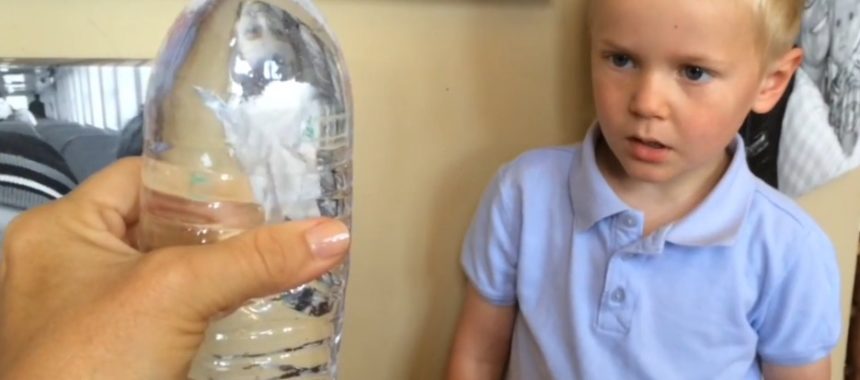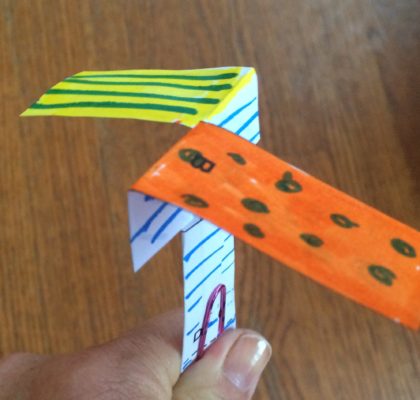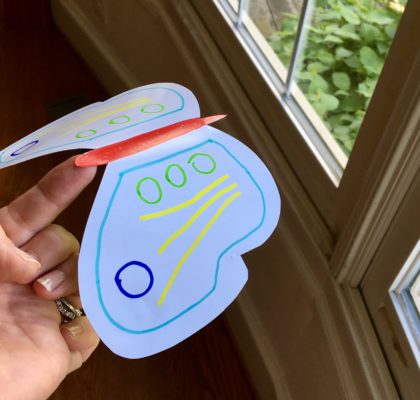
- Adult Involvement: Low
Make a Ketchup Packet Submarine
In this science experiment, kids explore air pressure while making a diving submarine out of a ketchup packet.
Buoyancy is the term for something that has the ability to float in a liquid. Buoyancy was first explained almost 2000 years ago when a famous mathematician, Archimedes, discovered that an object is buoyed up by a force equal to the weight of the liquid pushed out of the way by the object. If an object weighs more (is more dense) than the weight of the water it pushes out of the way, it will sink. An object will float if it weighs less (is less dense) than the weight of the water it displaces.
Submarines change their buoyancy -- ability to sink or float -- by changing their "density." This ketchup packet experiment provides a great demonstration of how this works. The packet is the submarine. When the bottle is squeezed, the air inside the packet is compressed and takes up less space, making the packet more dense. This causes it to sink to the bottom. When you release the pressure on the bottle, the air inside the packet expands again, making the packet float again.
How does a real submarine sink and resurface? Submarines have an inner and outer steel shell with a “ballast tank” in between. This ballast tank can be filled with either air or water. When the ballast tank is filled with air, the submarine floats on top of the water. To make the submarine dive, the submarine operator opens up valves on the main ballast tank, letting the air out and the seawater in. This changes the ship’s density, causing it to sink into the water. There are smaller ballast tanks that allow the crew to adjust the mixture of air and water inside them so the submarine will stay at a certain depth. To resurface, the operator lets compressed air into the ballast tank which forces the seawater out of the bottom of the tank.
Materials
- water bottle - 1 of this item per student
- ketchup packet - 1 of this item per student
Instructions
Fill your water bottle up to the very top.
Insert the ketchup packet. If it doesn't float, remove it and try another one. The packet must just barely float for this experiment to work. If you don't have access to another ketchup packet, try adding salt to the water to make the water more dense.
Close the lid tightly. Squeeze the sides until the ketchup packet dives to the bottom!










